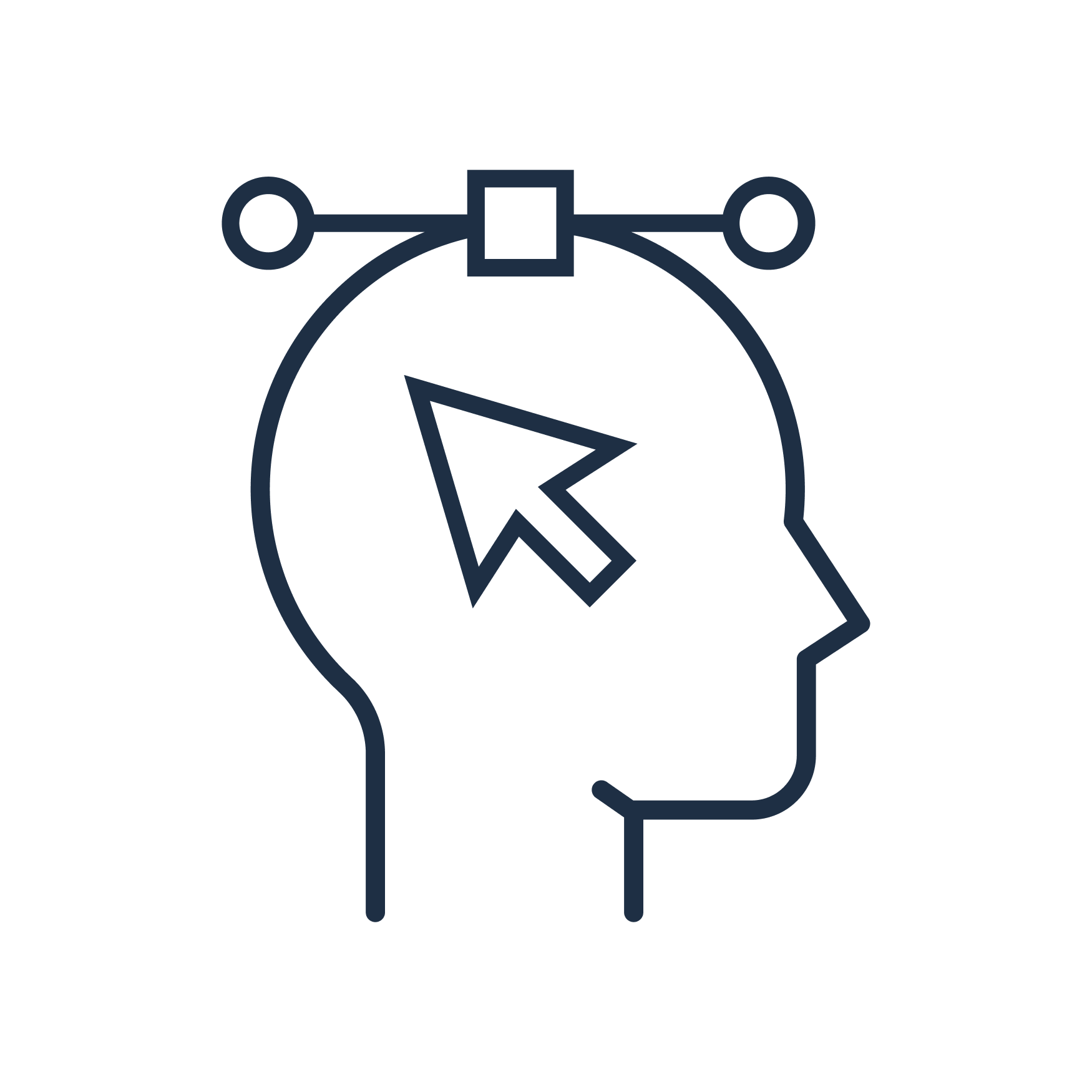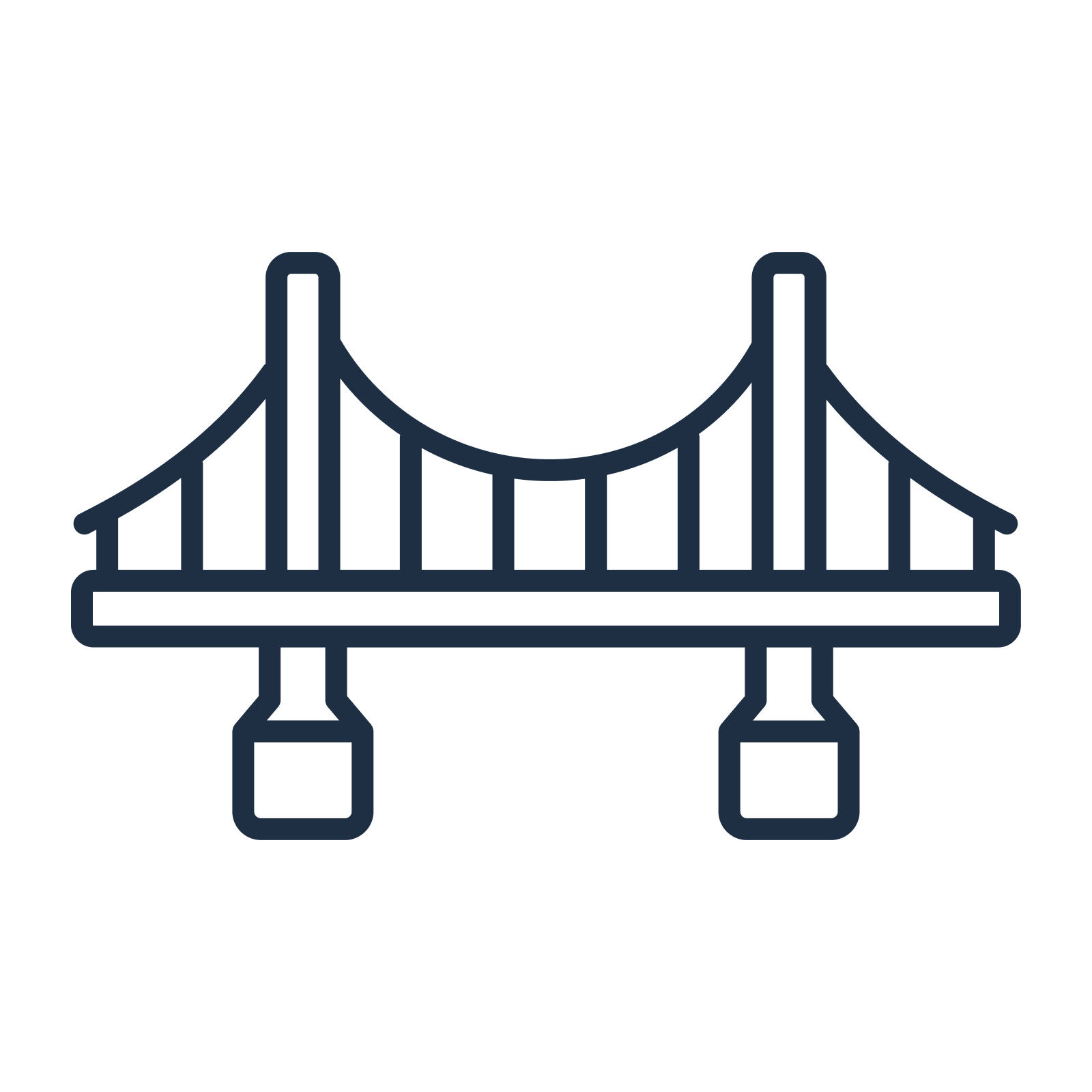Innovation Without Inclusion Is Just Imitation
Innovation isn’t just about bold ideas: it’s about building systems that work for more people. In this keynote, I show how inclusive innovation expands what - and who - we design for. Whether you're driving digital transformation, inclusive product development, or cross-functional collaboration, this talk helps your team create impact without leaving people behind. Expect irreverent insights, real stories, and practical processes you can apply right away.
True innovation doesn’t just serve the many - it includes the few. This keynote shows how inclusive innovation fuels creative breakthroughs through inclusion.
The 7 Sins and Wins of Inclusive Innovation
7 Inclusive Mindsets to Reimagine How You Create, Collaborate, and Build Impact.
Designing: Inclusion is necessary for some and awesome for everyone
Inclusive design isn’t niche - it’s how we build products and systems that work for more people, more of the time. Inclusive design is innovation that lasts.
My mom bought a printer to print a photo of her grandson, and it was so unusable she threw it against the wall. That moment sparked my obsession with better design. (My Mom’s Printer Case Story)
Disrupting: Disrupt the system - not the people
Disruption is only meaningful when it accounts for risk, ethics, and long-term impact. Future-focused innovation leaders weigh risks, outcomes, and unintended consequences.
A decades-old fetal growth model still used in Norway today and based on a narrow sample reveals how outdated systems persist and why disruption must be thoughtful. (The Midwife Method Case Story)
Co-Creating: Nothing about us without us and everything is about us
Inclusive innovation starts at the beginning - with the people most impacted. From policy to product, inclusive innovation means co-creating with the people most impacted. Not later. From the start.
An entrepreneur built an operating system for blind users—without asking them first. It turned out they just wanted mainstream systems to be designed accessibly. (The Tech Genius Case Story)
Imagining: Bored brains build better things
Creativity isn’t a spark - it’s a skill. We just unlearn it. Inclusive innovation makes room for playful thinking, reflection, and the kind of wild ideas toddlers would be proud of.
A playful fusion of fast food and fine dining became a metaphor for imagination - what if the best ideas come from unexpected pairings? (McDonald’s and Sushi Case Story)
Constraining: Focus the Fire: Constraints fuel creativity
Boundaries sharpen innovation. constraints push teams to design for real-world limitations - like access, cost, and context - without sacrificing the mooshots.
A noisy pitch and 40 kids forced a rethink of my typical corporate teambuilding workshop - and sparked new ideas about inclusion, participation, and play. (First Time on a Football Pitch Case Story)
Asking: Build better by asking better questions
Inclusive innovators don’t jump to solutions. They ask better questions. Creative thinking begins with inquiry - especially about power, history, and harm.
In a tense classroom, a simple exercise inviting objections helped shift skepticism into engagement and curiosity. (The Skeptical Students Case Story)
Bridging: Close the gap between potential and participation
Access, equity, and inclusion aren’t side quests, they’re the whole point. Inclusive innovation designs across difference, dismantles bias, and expands who gets to play.
A woman shut out of her field due to ableism found belonging as a forklift operator - an urgent reminder that bias doesn't just limit - it wastes talent. (Laura and the Forklift Case Story)
Download the full white paper on inclusive innovation.
Working with Anthony at Deep Tech Atelier was truly inspiring. His keynote matched perfectly with the conference's values of inclusivity, innovation, and outside-the-box thinking. He has a rare ability to connect with diverse audiences while delivering complex ideas with clarity and passion.
Laura Kravinska
Event Director Deep Tech Atelier









